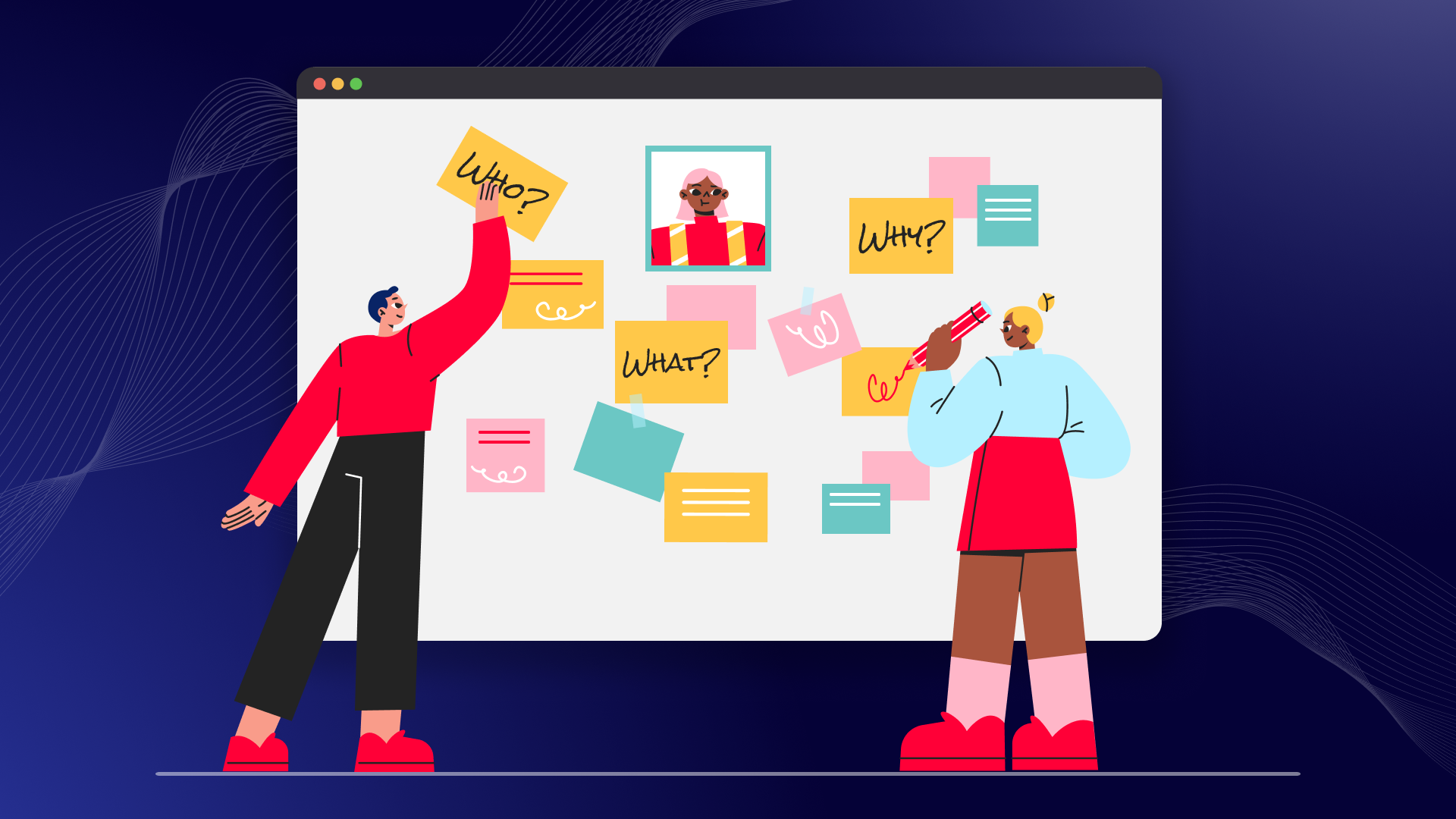Unlock your UX superpower: The art of writing good user stories!
Discover how to craft compelling user stories and why it’s crucial for creating remarkable products and delightful user journeys.
Written by Iryna Tokarchuk & Karla Kasim
User stories have transformed the field of UX design and product development, providing a powerful tool for effectively understanding and addressing user needs. They can help to find valuable insights in user motivations and enable the creation of user-centred solutions that truly resonate. Prioritising the user and clearly defining what to design for is critical for fast-growing start-ups, and MNCs alike, whether it be customer solutions for finance, healthcare, education or other sectors, or even internal facing employee solutions too.
Writing good user stories is an essential practice in UX design and product development. They empower teams to empathise with users, prioritise features, and align the efforts of designers, developers, and stakeholders towards a shared vision.
In Agile, a user story is a short-written form of a functional requirement that outlines the desired outcome from a user's perspective. Follow these 7 steps to write effective user stories
Identify users
User stories are always focused on the user, so begin by defining the persona or group of users, such as specific customer segments or job roles.
Define the main goal for each user
Clearly state the objective or problem that each user is trying to solve.
Write high-level steps of the User Journey
Map out the overall flow of the user's interactions to achieve their goals.
Draft User Stories
Break down the user journey into smaller, manageable user stories that can be developed and tested independently.
Review & revise: INVEST Criteria
Good user stories meet the INVEST criteria, meaning that they are:
Independent: Can be built separately from others
Negotiable: Should leave space for discussions
Valuable: Must deliver value to the users
Estimable: Can be estimated in size and scope
Small: Easy to plan and prioritise it
Testable: Ability to test results of development
Review & revise: Acceptance Criteria
Write acceptance criteria for each user story to specify what needs to be done to meet the business or customer requirements.
Discuss & refine
Discuss the user stories with the team and stakeholders, incorporating their input.
It's normal to rewrite, regroup, remove, or add new stories after. It means the discussion was productive, and you are on the right track! Except for cases where new requirements significantly change the scope.
Embrace the art of writing impactful user stories by exploring our detailed guide below:
About PSYKHE
At PSYKHE, a Singapore-based strategic design consultancy, we specialize in helping ambitious, forward-looking brands in APAC unlock growth through human-centric innovation. From research to strategy to design, we collaborate with organizations to reimagine and deliver delightful products, services, business models, and experiences that drive success.
Discover additional materials to enhance your user story-writing skills:

